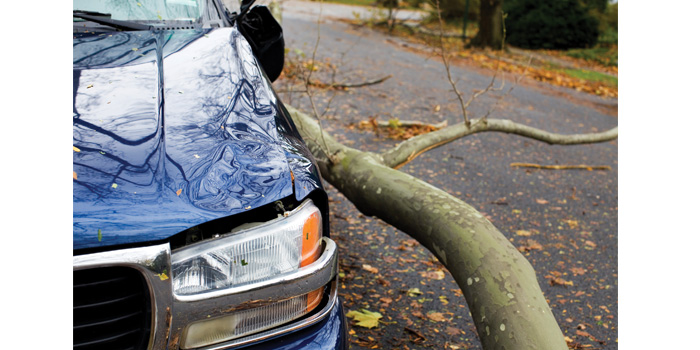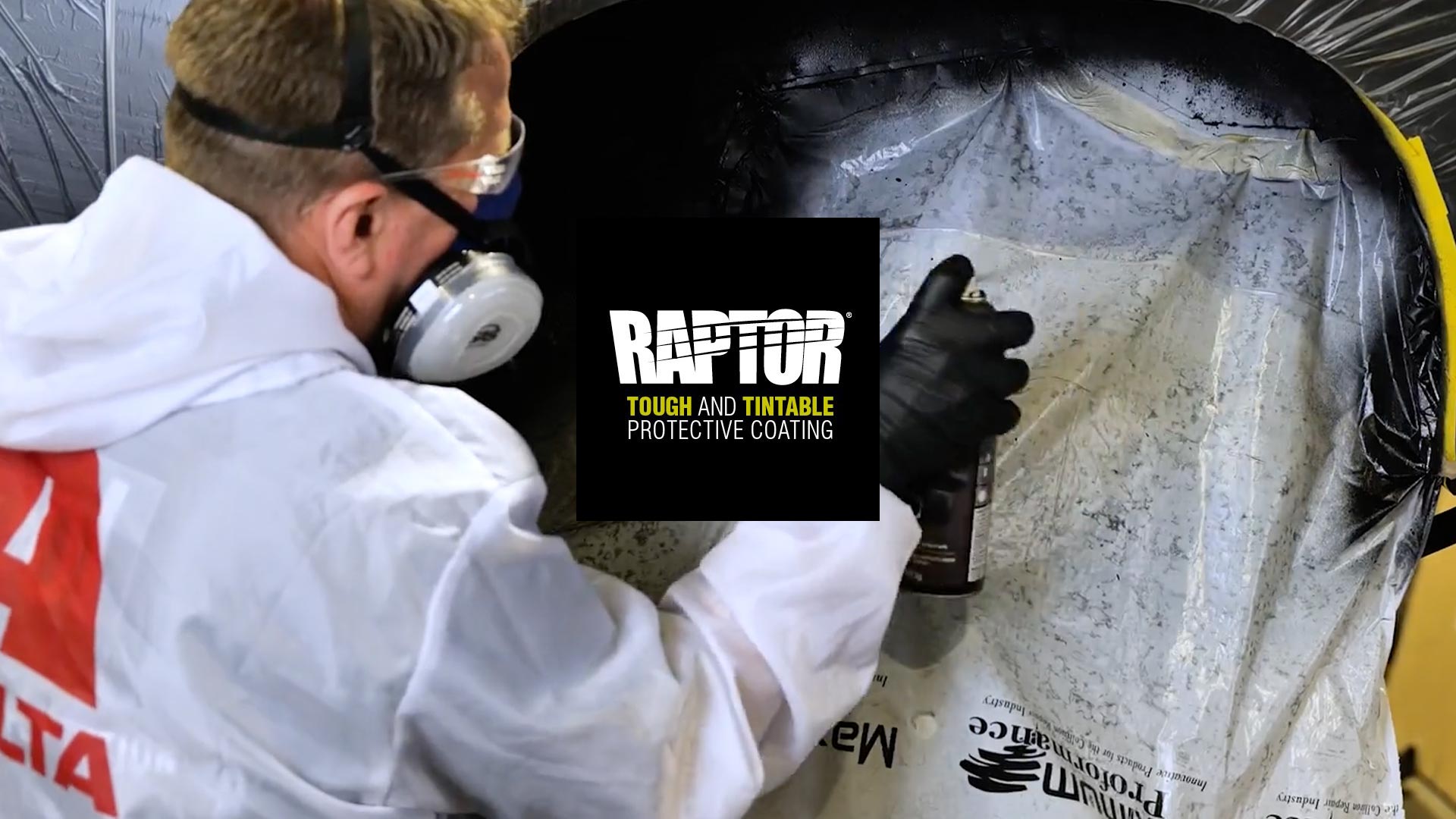We’ve begun charging for feather, prime and block, but we’re not sure what the labor times should be per area or the material rate. Is there a place I can find rates in my area or do you know what the average would be? Only about 30 percent of shops in my area are asking for it and getting paid. As an example, we’ve been getting a rash of storm-related damages, scratches, dents and complete paint jobs. Please advise if you can.
Regarding feather, prime and block, as the repair professional you’ll need to determine how much labor time to assess and the rate you choose to charge.
Some of my clients do as I used to and provide their charges as a “procedural cost” and list their charges in dollars and cents based upon the task at hand.
If it’s a small ding (1 hour or less of repair), I generally figured .3 hours of paint time and material. Of course, if there are obstructions, creases, body lines, etc., I would assess more time accordingly.
Good examples are the obstructions, limited access and degree of difficulty incurred when repairing the inner/underside areas of a repaired panel (i.e. quarter, fender, trunk floor, etc.). In these types of areas, .3 hours (18 minutes) may not be applicable and may require more time or dollars. This, of course, would also be true with the labor to repair and refinish repaired inner areas.
If it’s damages to a larger external area, such as a crease/gouge along a quarter-panel/bedside requiring a greater area of plastic filler, grinder marks and remaining 180 grit scratches, you’ll want to assess the appropriate time necessary to perform it and stand behind it (warranty).
Keep in mind that the book/labor time guides are just that – guides – and they only address the “estimated time” to R&R and R&I “new parts out of the box on a brand-new, undamaged vehicle” (how many of those have we repaired!?). The labor time guides do not offer “judgment times” for repair-related activities.
In order for labor guide refinish times to be applied, the surface(s) being repaired would first require reconditioning to the condition of “new, undamaged parts.” Only then would the guide’s estimated refinish times be remotely applicable.
Body labor is generally considered to take the repaired surface to “ready to prime” in a remaining 180 grit scratch. The process required from that point on to get the panel to a condition of “new out of the box” is fill, sand and feather, feather, prime and block or feather, prime and fill, etc. Only the repairer can determine the estimated time or procedural costs to perform this process, which will no doubt vary from one repair to the next.
As for materials, I used refinish labor (being considered a refinish process) where the needed materials were considered. Materials would include masking for jambs and covering the vehicle and adjacent areas to protect from overspray, fillers (i.e. glazing compound) minimizing scratches with various grits of sand paper (dry and/or wet), repeated applications of primer, etc. Of course, as the professional, you can apply more or less as you deem appropriate…or give them away for free as many often do. The choice is yours.
I encourage my clients to look into material invoicing systems, which will enable a repairer to assess a fair and competitive price based upon the specific manufacturer and quantities used. It matters little if a minority of shops is asking for it. If it’s necessary, then your customer is in need of the proper process and materials, and if it’s an insurance claim, they’re entitled to be fairly compensated for it. You, in turn, are entitled to be compensated if you perform it. Keep in mind, paid for or not, you would be responsible to redo the job if you do it poorly!
Repairers must ask themselves, if I’m going to incur liability for a repair process, why should I do that process and provide the required materials for free? The simple answer is, you shouldn’t!
As for storm-related damages such as scratches and scuffs, you may not even need to do actual dent repair and therefore wouldn’t prepare the damaged panels for paint at no charge, would you? There’s no difference between these damages and repair-related scratches, and as such a repairer should charge for and be fairly compensated for their time, facilities, efforts, skill, materials and the associated liabilities (i.e. warranty etc.) that come with the repair.
As for one of your questions, “Is there a place I can find rates in my area or do you know what that average would be?” I will address that in an upcoming Ask The Expert.














